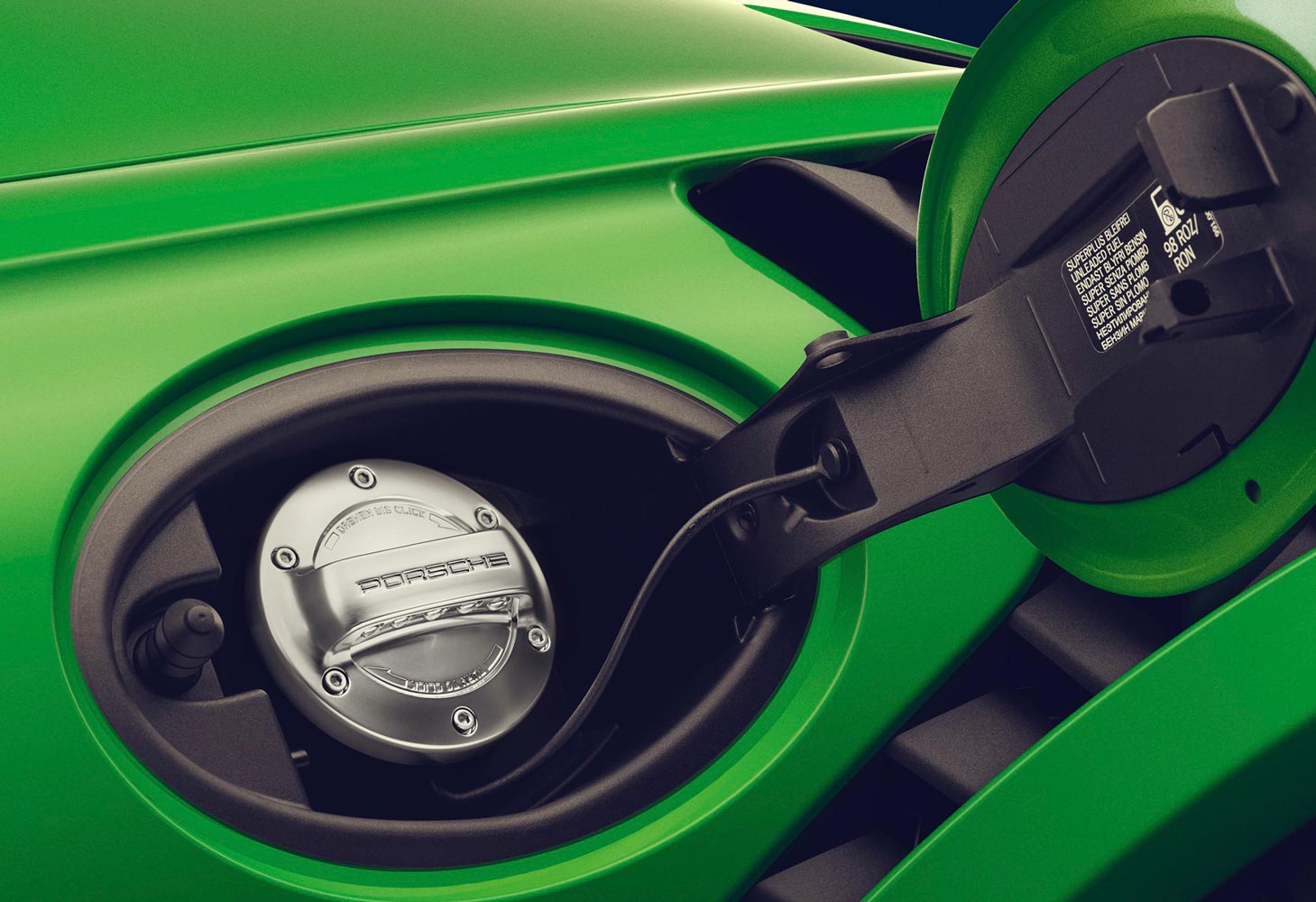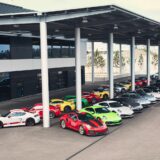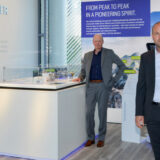
Siemens Energy and Porsche advance eFuels development
Siemens Energy, with sports car maker Porsche and several international companies, is developing and implementing a pilot project in Chile that is expected to yield the world’s first integrated, commercial, industrial-scale plant for making synthetic fuels (eFuels).
In the pilot phase, around 130,000 liters of eFuels will be produced as early as 2022. In two further phases, capacity is then to be increased to about 55 million liters of eFuels a year by 2024, and around 550 million liters of eFuels by 2026. Porsche will be the primary customer for the green fuel. Other partners in the project are
In the pilot phase, around 130,000 liters of eFuels will be produced as early as 2022. In two further phases, capacity is then to be increased to about 55 million liters of eFuels a year by 2024, and around 550 million liters of eFuels by 2026. Porsche will be the primary customer for the green fuel. Other partners in the project are Enel Green Power Chile (EGP Chile), a subsidiary of Enel Chile, and Chilean power company AME.
The “Haru Oni” pilot project in Magallanes Province takes advantage of the excellent wind conditions in southern Chile to produce climate-neutral fuel with the aid of green wind power.
As part of Germany’s national hydrogen strategy, Siemens Energy will receive a grant of some EUR8 million (USD9.7 million) from the Federal Ministry for Economic Affairs and Energy.
“Establishing a sustainable energy economy is going to require some rethinking. Renewable energy will no longer be produced only where it’s needed, but where natural resources like wind and sun are available on a massive scale. So new supply chains are going to arise all over the world to carry renewable energy from one region to another. That’s especially important for Germany, which – bottom-line – has to import energy if it’s going to meet its nationwide demand. Hydrogen will come to play an increasingly important role in storing and transporting energy. Which is why the German government’s support for the project is an important signal,” said Christian Bruch, CEO, Siemens Energy.
“Electromobility is a top priority at Porsche. EFuels for cars are a worthwhile complement to that – if they’re produced in parts of the world where a surplus of sustainable energy is available. They are an additional element on the road to decarbonization. Their advantages lie in their ease of application: eFuels can be used in combustion engines and plug-in hybrids, and can make use of the existing network of filling stations. By using them, we can make a further contribution toward protecting the climate. As a maker of high-performance, efficient engines, we have broad technical expertise. We know exactly what fuel characteristics our engines need in order to operate with minimal impact on the climate. Our involvement in the world’s first commercial, integrated eFuels plant supports the development of the alternative fuels of the future,” said Porsche CEO Oliver Blume.
“Hydrogen is a key component for successfully carrying out the energy transformation in every sector. That’s why, with the National Hydrogen Strategy, we aim to take advantage of the opportunities that hydrogen offers for the climate, energy and economic policy. We know we won’t be able to cover our national demand out of domestic production alone, and will need international partnerships. So I’m very pleased to see that Siemens Energy and Porsche are developing production capacity in other countries, along with importing structures, for green hydrogen and its daughter products,” said Germany’s Federal Economy Minister Peter Altmaier. “Thanks to German know-how, for the first time in the world innovation from the laboratory will now be applied in an integrated, commercial plant.”
Siemens Energy is a co-developer of the Haru Oni project (also known as HIF project), and is serving as a systems integrator to cover the entire value chain – from power generation using Siemens Gamesa wind turbines, to producing green hydrogen, to conversion into synthetic fuel. The company says its flexible PEM (PEM = Proton Exchange Membrane) electrolysis is ideally suited for using volatile wind power.
As the fuel’s primary user, Porsche is planning as a first phase to use the eFuels from Chile in beacon projects. Those include using the eFuels in vehicles for Porsche motorsports, at the Porsche Experience Centers and prospectively also in serial production sports cars. The sports car maker will start with an initial investment of roughly EUR20 million (USD24.3 million).
AME is the primary developer and owner of the HIF (Highly Innovative Fuels) project company. Enel is co-funder of the plant, with a focus on wind power and electrolysis. ENAP will support the project by providing operating staff and with maintenance and logistics.
Chile, with its excellent climate conditions for wind power and the associated low cost of electricity, has a very high potential in international terms for producing, exporting and locally using green hydrogen. To generate green hydrogen, electrolyzers use wind power to dissociate water into its two components, oxygen and hydrogen. In a second step, plans call for filtering CO2 out of the air and then combining it with the green hydrogen to form synthetic methanol. The result is renewable methanol, which can be converted into climate-friendly fuel using an MTG (methanol-to-gasoline) technology to be licensed and supported by ExxonMobil.














